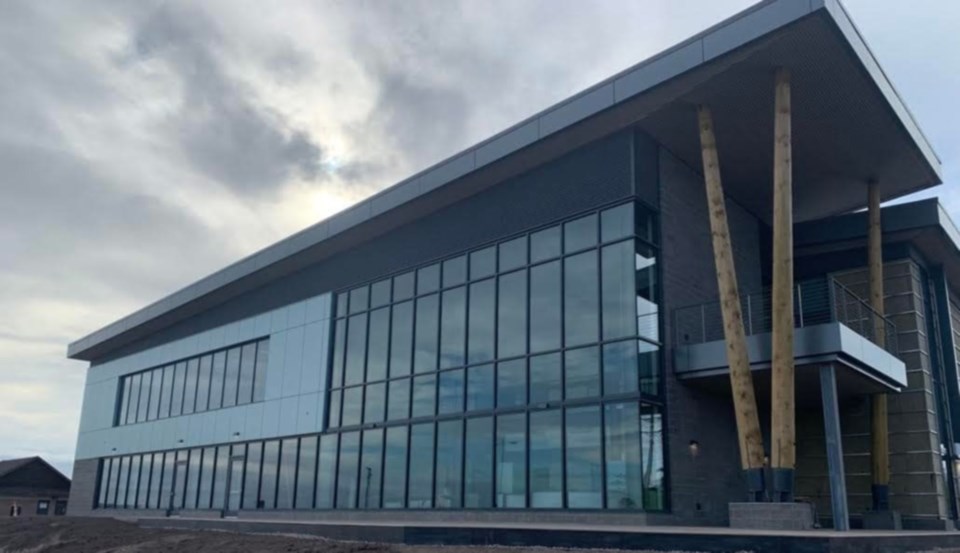Lake Superior State University has officially opened the doors to the new $14.2-million Richard and Theresa Barch Center for Freshwater Research and Education (CFRE) after more than a decade of planning and preparation.
The 18,000 square-foot facility, located adjacent to the CFRE fish hatchery in the Cloverland Electric Cooperative Hydroelectric Plant, is intended to create opportunities for undergraduate students and community partners to conduct freshwater research, while providing hands-on exhibits for community members to learn how to protect natural resources.
Dr. Kevin Kapuscinski, assistant director of the CFRE, told SooToday Friday that the establishment of the new facility has been a “roller coaster” ride during his seven years at the university.
“Even when the building was almost completed it still didn’t seem real until the first day I spent here in my office,” said Kapuscinski. “It is finally transformed from an idea into a reality.”
The CFRE houses a mesocosm laboratory, which is described by the university as an experimental system in which to perform a broad range of scientific investigation spanning aquaculture to contaminants to invasive species.
“It’s basically a very complex wet laboratory where we can do replicated and controlled experimentation that may have applications to aquaculture or fisheries management, or understanding the effects of invasive species, or contaminants, the effects of those on our native species,” said Kapuscinski. “It’s a very flexible research system. It’s very complex, but very flexible and state of the art, so it’s going to open up a lot of doors for us with regard to externally-funded research.”
The center contains teaching labs, administrative offices and office space for external partners, such as the Michigan Sea Grant, Michigan State University, and the National Oceanic and Atmospheric Administration.
The university also announced in October that the U.S. Coast Guard National Center of Expertise for the Great Lakes, which will focus on oil spills in freshwater environments, will eventually be housed at the new facility.
“It’s brand new and in development, but that is certainly going to have a large and long-lasting effect on Lake State,” he said.
The largest room in the building is the Great Lakes Discovery Center, which aims to bolster community engagement through interactive displays on the ecology of the Great Lakes, a discovery lab that will host natural resources-based programming for students of all ages and an aquarium in the visitor center where people can view and touch a pair of large sturgeon.
Kapuscinski credits CFRE Director Dr. Ashley Moerke for her years of work in order to make the new research and education center a reality.
“It exists because Ashley Moerke has been pushing this boulder uphill for well over a decade,” he said. “Hundreds of people have contributed, but she’s the one who has ultimately made this happen.
“It really is fantastic to be in this new facility and to think about the effects it’s going to have on the community.”
The CFRE held its official grand opening at the facility Friday.
